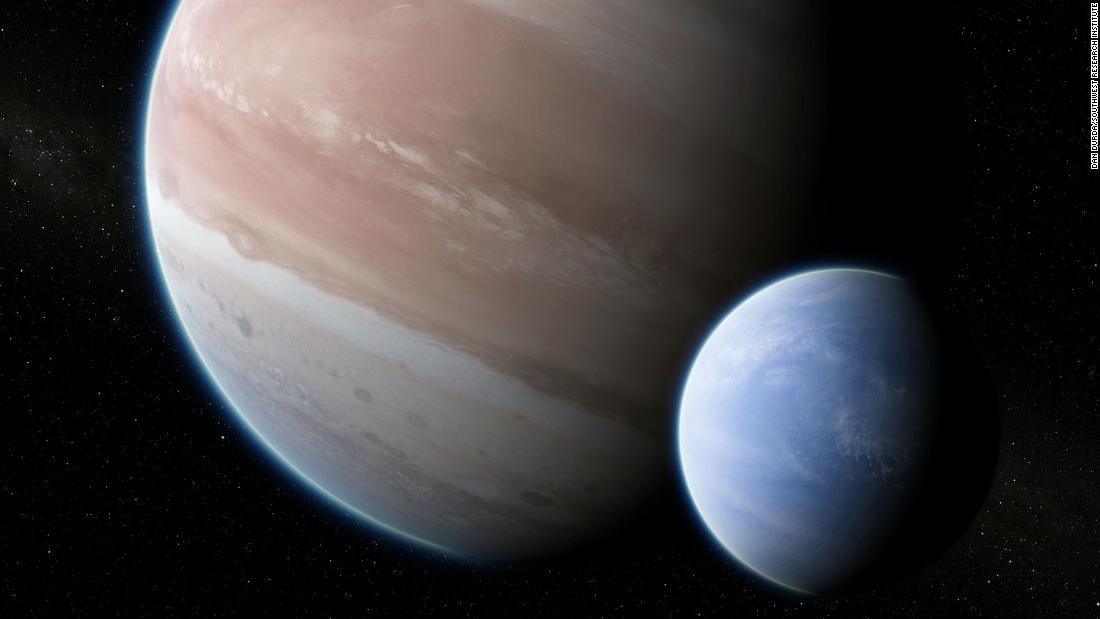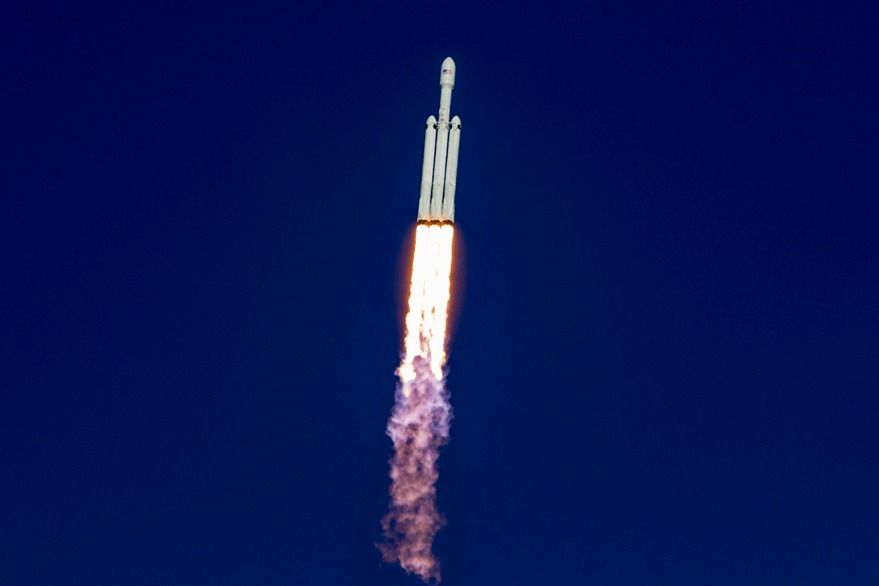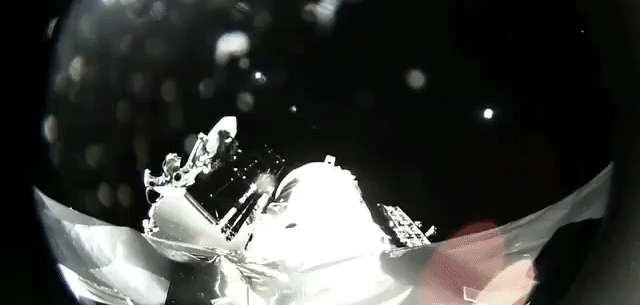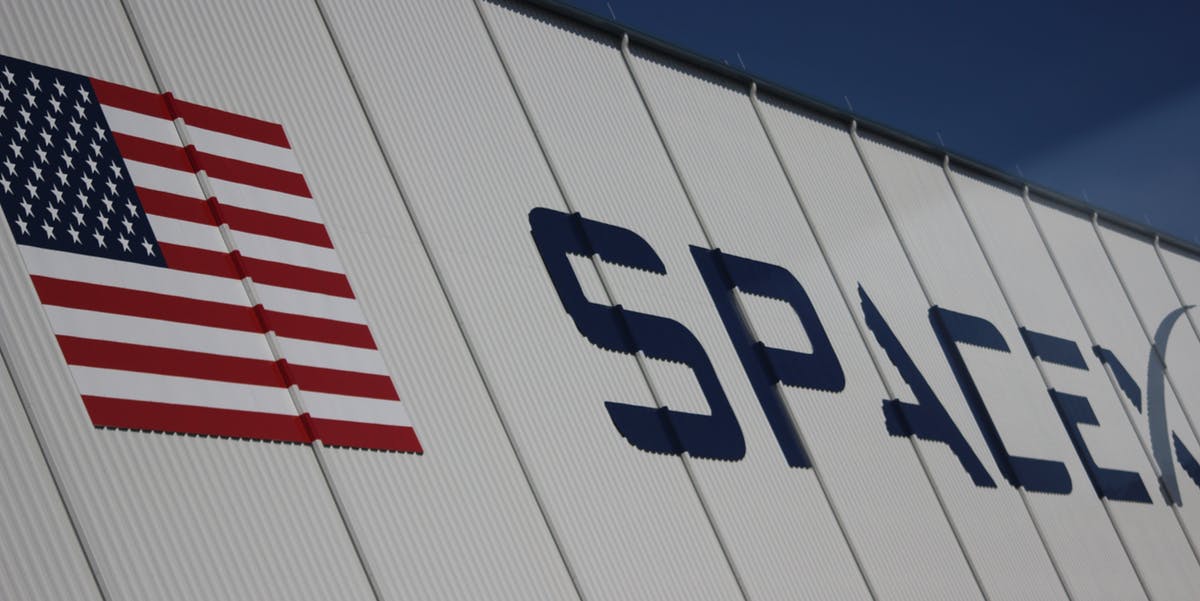Scientists hope the world’s smallest satellites will boldly go where no probe has gone before.
Ben Bishop
During an interview at a Boston- area café, Zac Manchester apologized for not bringing along a copy of his latest satellite — one of many duplicates due to enter orbit this fall during a mission to the International Space Station. “Don’t worry,” says Manchester, a Stanford University professor of aeronautics and astronautics. “I’ll put one in an envelope and mail it to you.”






